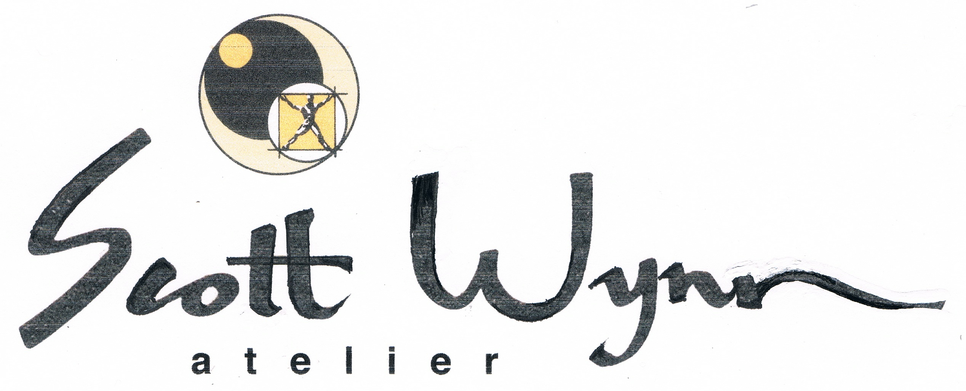WHAT IS THE BEST FINISH FOR WOOD? Part III June 8, 2015 18:15
Why Use Tung Oil?
Tung oil, unlike linseed oil, will dry to a film. When thoroughly dry it can be sanded to a white powder, a common test for a dry finish (though it can still easily clog sandpaper). And when dry it is hard but not brittle, showing good scratch resistance, no chipping, little denting. And it’s non-toxic to both the maker and the user, all qualities making it a very attractive alternative.
There are, however, a couple hurdles to get over when using it.
The first is its drying time. Each coat of Un-polymerized tung oil takes at least 48 hours, but more probably 3+ days and up to 2 weeks to dry depending on the weather (I suspect that, like urushi lacquer, it likes hot somewhat humid conditions). This obviously is a problem for the professional woodworker.
This time can be shortened to maybe 24 hours to re-coat (though if you want to dry sand it may be two days or more) with the use of polymerized tung oil. This is tung oil that has been heated to begin the polymerizing — drying — process.
The second hurdle is its application; while low tech, it can be a real pain and labor intensive. The film that provides your protection must be built up in very thin layers, requiring repeated application. And if you fail to wipe all the oil off after applying it, the resulting film will be dull and not want to dry.
And since polymerized tung oil is really thick and hard to apply, it’s difficult to apply in a really thin coat, and even harder to wipe dry.
So, here’s what you need to do to successfully apply (polymerized) tung oil: apply a really thin coat, heated by its application (i.e. vigorous rubbing), left to set only long enough so that there is resistance to its removal (more rubbing) — 2 to 10 minutes usually. Then totally, totally wiping it off until the rag has no resistance. At this point the surface will look dry; the next day it will look shiny. If the surface is shiny when you leave it, the next day it will be dull and you’ll have to remove it (you left oil on the surface). Repeat 6 to 12 times.
Needless to say this process is very labor intensive and had been a real deterrent — for me anyway— to using tung oil. But in the last few years a new tool has appeared that mitigates many of the difficulties found in applying tung oil: an applicator pad of microfiber called SURBUF™ that fits on random orbit sanders (with hook-and-loop pads). Less than a teaspoon of polymerized tung oil put on the pad is enough to cover an entire table top (and is the right amount). Application takes maybe 2 - 3 minutes and some heat is built up in the friction of the pad; and since this is a thin coat, wiping it off takes only a few minutes. So you can apply a coat in 5 - 10 minutes. This makes the use of tung oil much more feasible.
When first applying tung oil I think the first 2 coats do need to be applied in generous amounts with a rag, as the oil needs to saturate the wood, but once the grain is filled and the wood sealed, the buffer technique can be used to apply additional coats until the desired level of sheen and protection is achieved.
Perhaps some oil-and-varnish finishes might be able to give greater protection and ease of application, but so far with these oil/varnish mixtures I have found that it has been hard to control the sheen when trying to get sufficient protection. They are also heavy on solvents and tend to be high in VOC’s. This perhaps is the final reason (and maybe it was the first) I moved to tung oil; it is non toxic, both in application and when dry.
next: varnish
